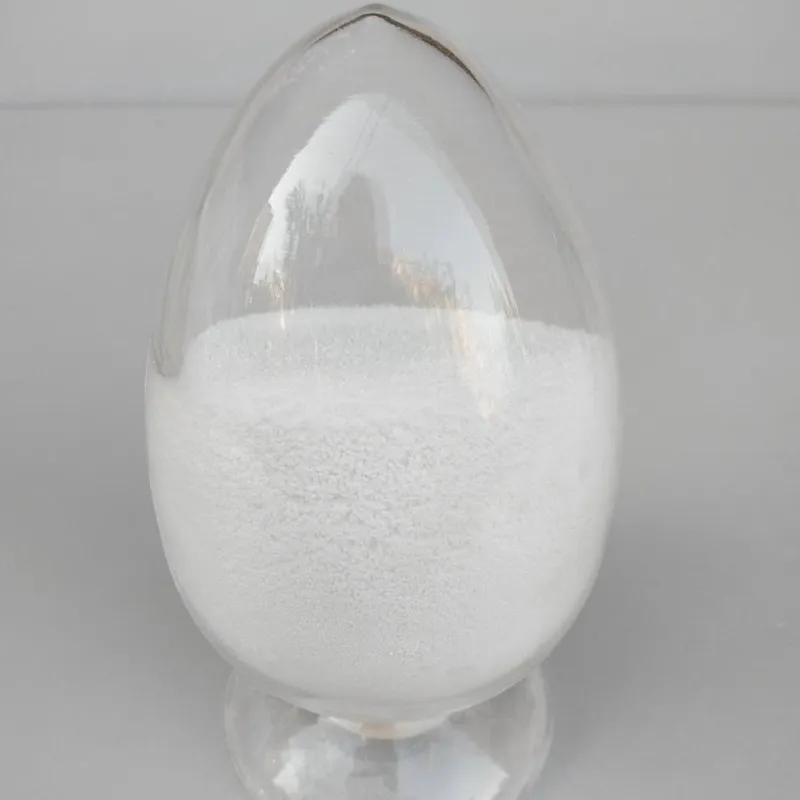
Properties and Applications of Styrene and Butadiene Polymers in Modern Industries
Styrene and Butadiene Key Components of Modern Polymers
Styrene and butadiene are two vital monomers in the world of polymer chemistry, playing a pivotal role in the production of various synthetic rubber and plastic materials. Their unique chemical properties allow for diverse applications, making them essential in numerous industries, including automotive, packaging, and consumer goods.
The Basics of Styrene and Butadiene
Styrene, or ethenylbenzene, is an aromatic hydrocarbon with the formula C8H8. It is a colorless, oily liquid that is extensively used in the production of polystyrene—a versatile plastic used in everything from disposable cutlery to packaging materials. Styrene is known for its rigid structure, thermal stability, and ability to resist environmental stressors, making it ideal for a plethora of applications.
Butadiene, on the other hand, is a simple conjugated diene, with the formula C4H6. It is a colorless gas that is primarily used in the production of synthetic rubber, notably in a variety of forms such as styrene-butadiene rubber (SBR) and acrylonitrile-butadiene-styrene (ABS). Butadiene’s double bonds allow it to undergo polymerization, leading to the formation of polymers with desirable elasticity and resilience properties.
Industrial Applications
The combination of styrene and butadiene in copolymerization has led to the development of materials that exhibit exceptional strength and flexibility. Styrene-butadiene rubber (SBR), for instance, is one of the most commonly manufactured synthetic rubbers. Its excellent abrasion resistance, tensile strength, and ability to withstand aging make it a popular choice for tires, footwear, and various automotive components.
styrene and butadiene

In addition to SBR, the styrene-butadiene copolymer serves as a crucial ingredient in the production of ABS resin. ABS is well-regarded for its impact resistance and durability, which is why it is commonly used in the production of items like Lego bricks, automotive parts, and household appliances. The combination of the styrene’s toughness and the butadiene’s flexibility creates a material that is both strong and resilient.
Environmental Considerations
Despite their widespread use, the production and disposal of styrene and butadiene-based products pose environmental challenges. Both styrene and butadiene are considered volatile organic compounds (VOCs), which can contribute to air pollution and have potential health effects upon exposure. Additionally, improper disposal of synthetic rubber and plastics can lead to long-term environmental consequences, such as pollution in landfills and oceans.
To address these issues, researchers and manufacturers are increasingly focusing on developing more sustainable practices. This includes the exploration of bio-based alternatives to styrene and butadiene and improvements in recycling technologies to enhance the lifecycle of these materials. Innovations in sustainable chemistry may lead to the production of synthetic materials with lower environmental footprints, meeting the needs of modern consumers while protecting the planet.
Conclusion
Styrene and butadiene remain essential building blocks in the landscape of modern materials science. Their ability to form copolymers results in versatile and durable products that play critical roles in our daily lives. As industries continue to push for more sustainable production methods and materials, the future of styrene and butadiene will likely evolve, blending the benefits of innovation with environmental stewardship. Understanding and optimizing their applications will be key to harnessing their potential while minimizing negative impacts on the environment.
-
Buy High-Quality Trichloroisocyanuric Acid for Sale | TCCA 90% SupplierNewsAug.30,2025
-
Pure Sodium Dichloroisocyanurate Dihydrate | Powerful DisinfectantNewsAug.29,2025
-
Industrial Chemicals: Quality & Purity for Every IndustryNewsAug.28,2025
-
Nitrile Rubber Honoring Strict Production StandardsNewsAug.22,2025
-
Aspartame Ingredients Honoring Food Safety ValuesNewsAug.22,2025
-
Fertilizer for Balanced Plant NutritionNewsAug.22,2025
-
Cyanide Gold Processing with High Purity AdditivesNewsAug.22,2025
Hebei Tenger Chemical Technology Co., Ltd. focuses on the chemical industry and is committed to the export service of chemical raw materials.
-

view more DiethanolisopropanolamineIn the ever-growing field of chemical solutions, diethanolisopropanolamine (DEIPA) stands out as a versatile and important compound. Due to its unique chemical structure and properties, DEIPA is of interest to various industries including construction, personal care, and agriculture. -

view more TriisopropanolamineTriisopropanolamine (TIPA) alkanol amine substance, is a kind of alcohol amine compound with amino and alcohol hydroxyl, and because of its molecules contains both amino and hydroxyl. -

view more Tetramethyl Thiuram DisulfideTetramethyl thiuram disulfide, also known as TMTD, is a white to light-yellow powder with a distinct sulfur-like odor. It is soluble in organic solvents such as benzene, acetone, and ethyl acetate, making it highly versatile for use in different formulations. TMTD is known for its excellent vulcanization acceleration properties, which makes it a key ingredient in the production of rubber products. Additionally, it acts as an effective fungicide and bactericide, making it valuable in agricultural applications. Its high purity and stability ensure consistent performance, making it a preferred choice for manufacturers across various industries.





